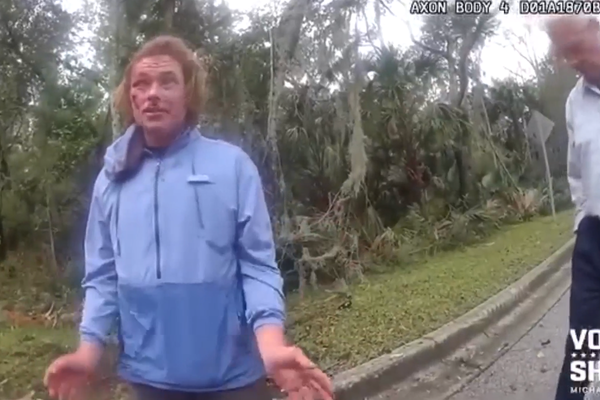
After a brief interlude, smoky skies have returned to portions of the Great Lakes and the Northeast. AccuWeather meteorologists say that the wildfires in central Canada are to blame for this bout of smoke, but this time the impacts are likely to be short-lived.
Many across the Midwest and the Northeast awoke Tuesday morning to a sight that has been all too familiar this summer: an orange-red sun hovering in a milky white sky.

The thickest smoke is expected to remain off to the north in Canada, particularly across portions of Manitoba and Ontario. Even still, the smoke is forecast to traverse from parts of Michigan and New York to North Carolina, Virginia and Delaware.
Major cities from Detroit and Pittsburgh to Washington, D.C., and New York City can expect to see smoke in the air.
“In locations across the Great Lakes and Northeast, the most widespread impacts from the smoke will be hazy skies, leading to especially colorful sunrises and sunsets,” said AccuWeather Senior Meteorologist Adam Douty. This could also bring a slight reduction in visibility.
There may be some localized cases of reduced air quality or a more significant reduction in visibility. When the air quality index (AQI) is over 100, sensitive groups may experience health effects immediately, and even healthy individuals could experience difficulty breathing and throat irritation after prolonged exposure.
Experts recommend that people check air quality forecasts before heading outdoors and take proper precautions such as wearing an N95 mask when the AQI reaches unhealthy levels.
Just about a month ago, in late June, residents across the Midwest and the Northeast experienced unhealthy AQI levels that put more than one-third of the U.S. population under air quality alerts.
Skylines from Chicago to Philadelphia and Washington, D.C., were engulfed in smoke, providing what many described as apocalyptic views, and many were quick to point out the smell of smoke. That wave occurred just a few weeks after smoke created eerie orange skies in New York City and affected other parts of the mid-Atlantic. Both events were caused by smoke fanning in from out-of-control fires raging in Quebec.
This time, AccuWeather forecasters do not expect the same impacts, limiting most health concerns.
“The majority of the smoke impacting the United States is higher up in the atmosphere, rather than close to the surface,” explained Douty.

The ongoing fires in central Canada are farther away, giving the smoke time to disperse and travel upward in the atmosphere and limiting the amount of smoke closer to the ground.
The lack of smoke at the surface will also keep the stench of burning at bay.
Unlike some previous spells of smoke in the Northeast and Midwest, this wave is likely to be short-lived.
“The northwesterly wind direction is expected to steer smoke into parts of the region into Thursday,” said Douty.
Smoke may still lead to a slight haze in the sky early in the day Thursday ahead of a storm sweeping into the region with clouds, rain and thunderstorms, Douty explained.
The late-week storm will also bring an end to the smoky conditions across the northern tier of the United States. However, AccuWeather forecasters warn that the smoke could return again soon.
AccuWeather long-range meteorologists say that there is no end in sight for the wildfires across central Canada. As the fires continue to burn, opportunities for smoke to infiltrate the U.S., especially from the northern Plains to New England, will continue to arise when the wind direction shifts toward these regions.
Produced in association with AccuWeather







